Why is it important to analyse propaganda posters?
- Propaganda posters reflect the ideology of a specific era. By analysing them, we can better understand the political and social context of the past.
- We can identify the various techniques and methods used to manipulate collective consciousness.
- Propaganda posters reflect the values and goals of their creators. Studying the posters helps us understand which ideas they were attempting force on their audience.
- Analysing propaganda posters can help us understand the emotions and possible reactions they provoked in people in the past, as well as their potential influence on society as a whole.
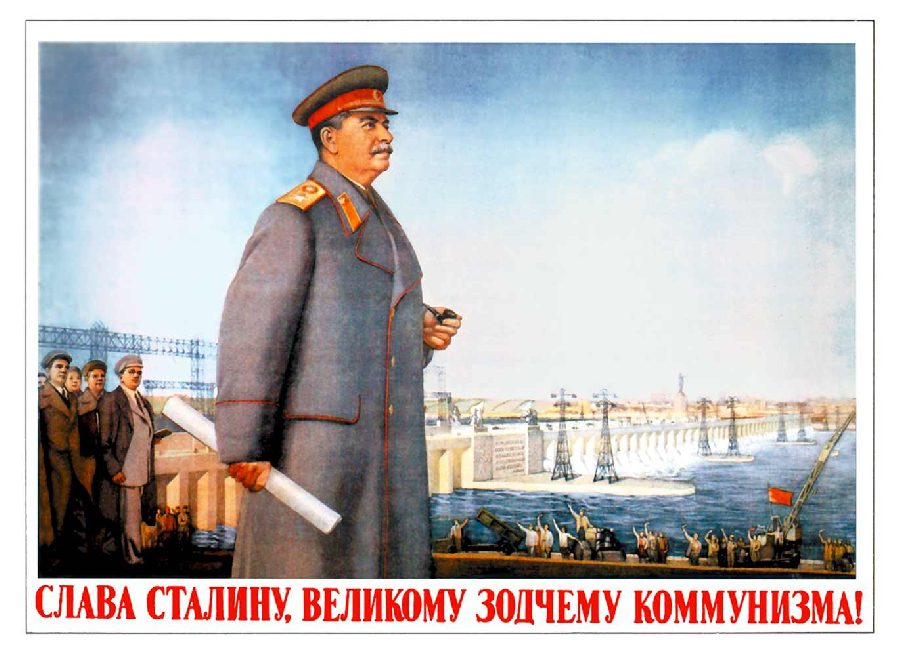
Five steps of analysing propaganda posters:
- Visual form
Evaluate the use of colour (colours carry specific meanings- for example, red can signify passion and/or danger, blue trust and stability, etc), fonts, images and composition (some elements may be in the foreground or in focus, while others are minimised or placed in the background). How do these elements create an emotional atmosphere and support the poster’s main message?
- Content and message
Identify the main themes and ideas of the poster (Does it call to patriotism? Demonise the enemy? Encourage support or personal action?). How are ideologies, values, or beliefs promoted through imagery, language, and other symbols?
- Historical context
What political, social, and cultural events and challenges influenced the creation of the poster? How did these shape the poster’s style and content?
- Emotional impact on the viewer
Identify the target audience and the intended effect on them was. What emotions or actions might the poster evoke in viewers? How effective was it, did public opinion or people’s behaviour change as a result?
- Critical analysis and reflection
What conclusions can be drawn about how propaganda influences society and the opinions of individuals? What can we conclude when looking at today’s context: how is mass consciousness manipulated now? Provide examples.
Here are some common propaganda techniques in poster art:
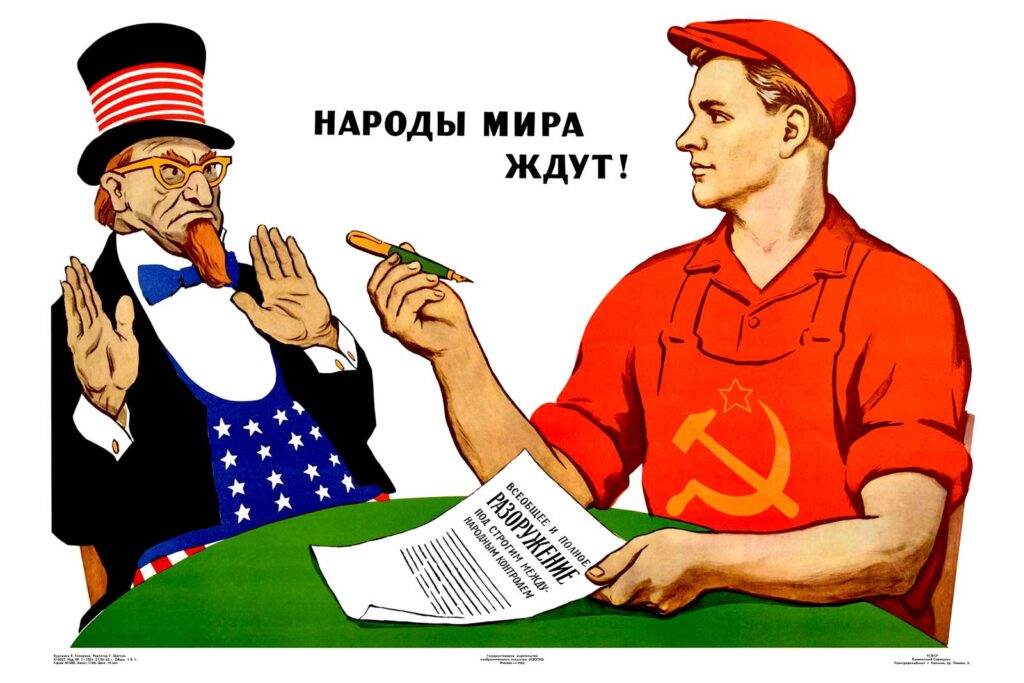
- Simplification
Propaganda posters often reduce complex issues into clear-cut choices: either For or Against.
A Soviet poster from 1962.
“The people of the world are waiting!
Complete and total DISARMAMENT under strict international control,”
by artist V. Govorkov.
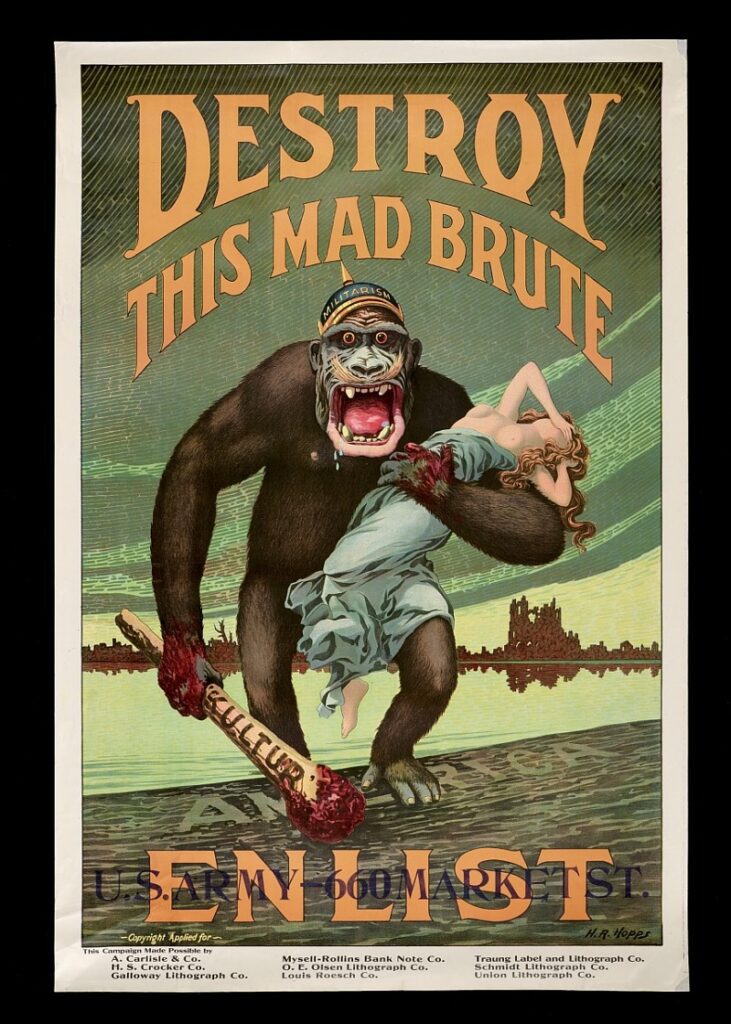
2. Demonisation or dehumanisation
Portraying the enemy as evil, subhuman, or animalistic.
A World War I poster created by artist Harry R. Hopps for the U.S. Army titled “Destroy This Mad Brute.
Germany is depicted as a crazed gorilla holding a bloodied club and carrying the limp body of a woman, standing on the shores of America.
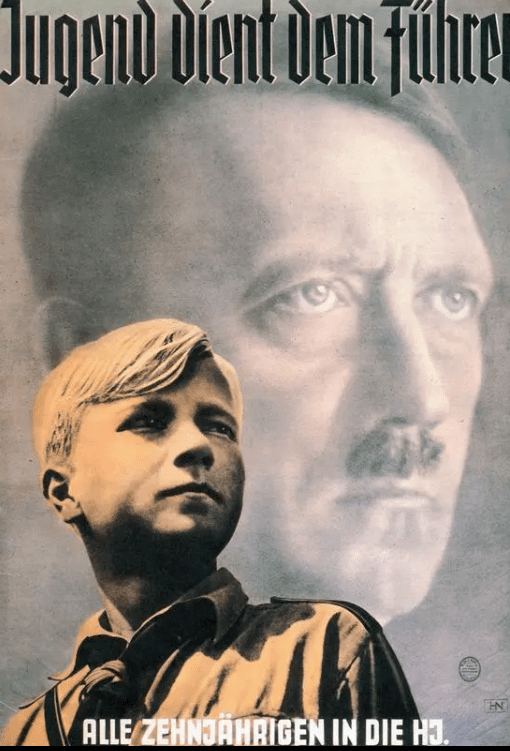
3. The importance of a shared goal and being part of a team
People are encouraged to join a collective cause because “everyone else is already doing it.”
This 1935 poster promoting the Hitler Youth reads:
“The youth serves the Führer! All ten-year-olds join the Hitler Youth.”
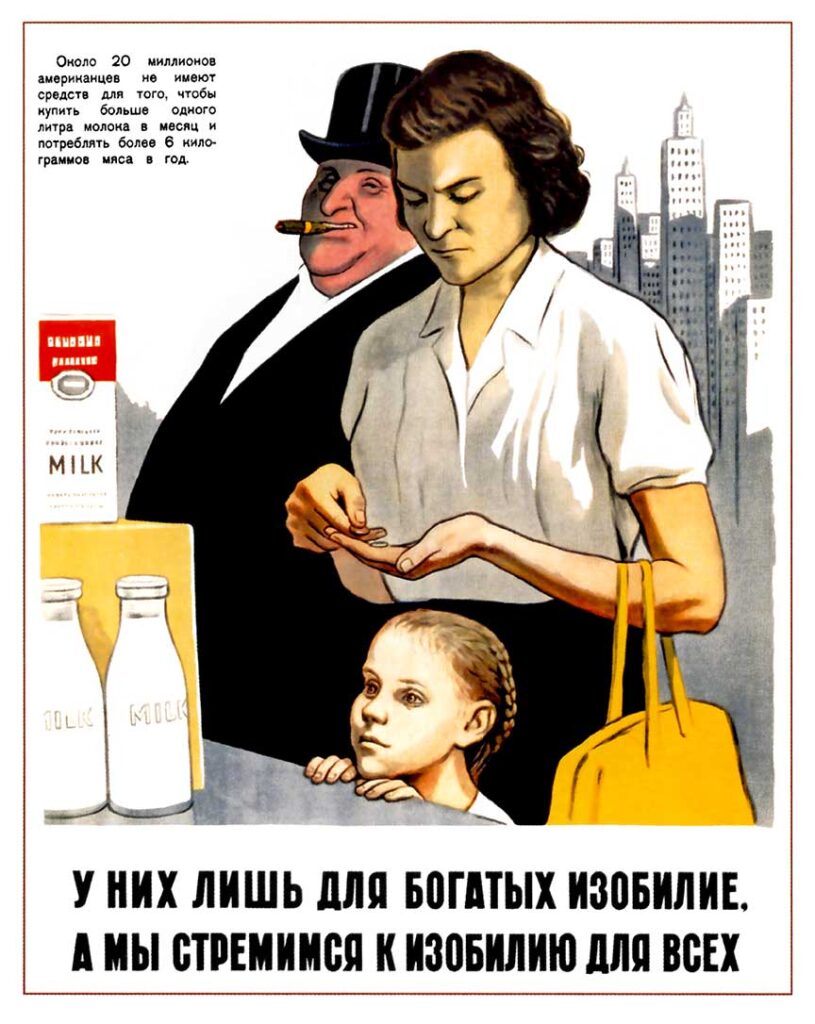
4. Populist and colourful generalisations
Using vague, positive language to stir strong emotions without providing concrete evidence.
A Soviet poster from 1957:
“They have abundance only for the rich, but we strive for abundance for everyone.
Around 20 million Americans don’t have the means to buy more than one litre of milk per month or consume more than 6 kg of meat a year.”
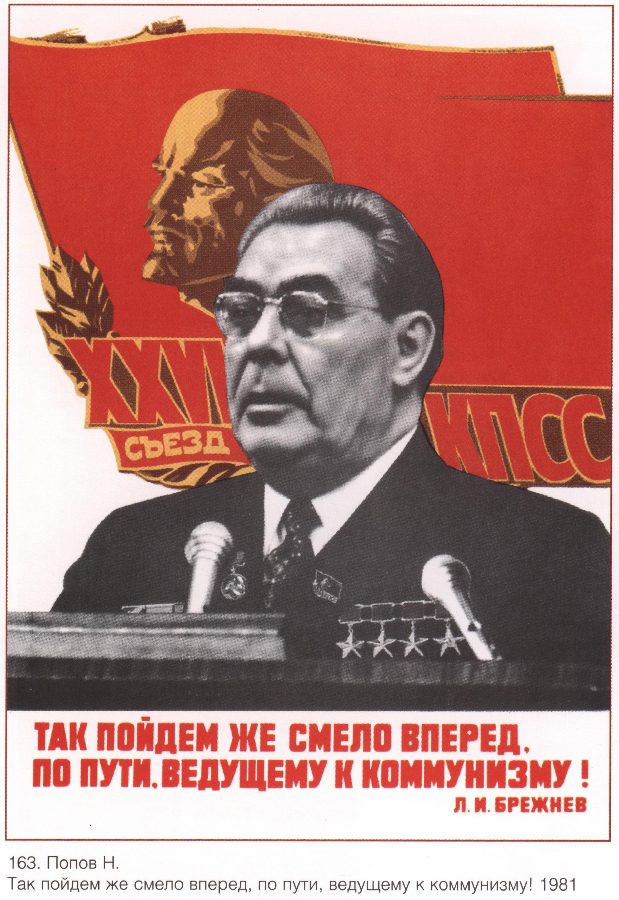
5. Authoritative opinion
Support from respected figures or ordinary people to make the message more credible.
A Soviet poster from 1981:
“So let us boldly move forward on the path to communism!
— Leonid I. Brezhnev”
For teachers: A sample poster analysis lesson
Step 1:
Choose a poster for analysis that clearly (intentionally or unintentionally) reflects a well known opinion, ideology, or perspective.
Step 2:
Distribute the poster and worksheets (individually or in groups). Provide a printed copy, show it on a screen, or share a link. Ask students to examine the poster carefully and to pay attention to details (composition, colours, placement of people and/or objects, etc). Have them briefly describe the image on the worksheet.
Step 3:
Ask if anyone has any questions or comments. Before the class begins writing their poster analyses, ask if the students want to know anything further and take time to discuss the broader historical context.
Step 4:
Independent work in either groups or individually. Completed worksheets can be used either as an aid for an in-class discussion or as homework written assignment.
Step 5:
Post-analysis discussion. Students read out their responses, and others may add comments. You should be ready to offer your own interpretation and if need be, support it with references to specific elements of the poster.

